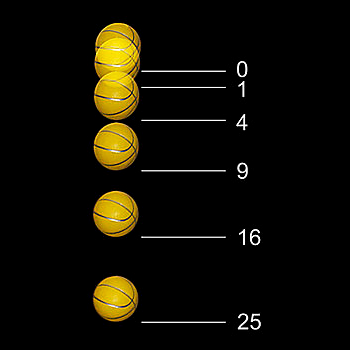The terminal side of #theta# lies on the line #2x-y=0# in quadrant III, how do you find the values of the six trigonometric functions by finding a point on the line?
2 Answers
Explanation:
Any relation of the form
So
Furthermore, we can see that
so we have the situation in the image below for a point on the line in Q III:
![enter image source here]()
The six trigonometric values can be determined by applying their definitions based on "adjacent", "opposite", and "hypotenuse" sides.
The answer is:
Because
Explanation:
Using the distance formula you arrive at the square root of 5. This answer is verified via a Larson Precalculus book in the answer section.
EDIT: How I did this was by picking a relivant point that I could work with. You could also use the unit circle equation of

